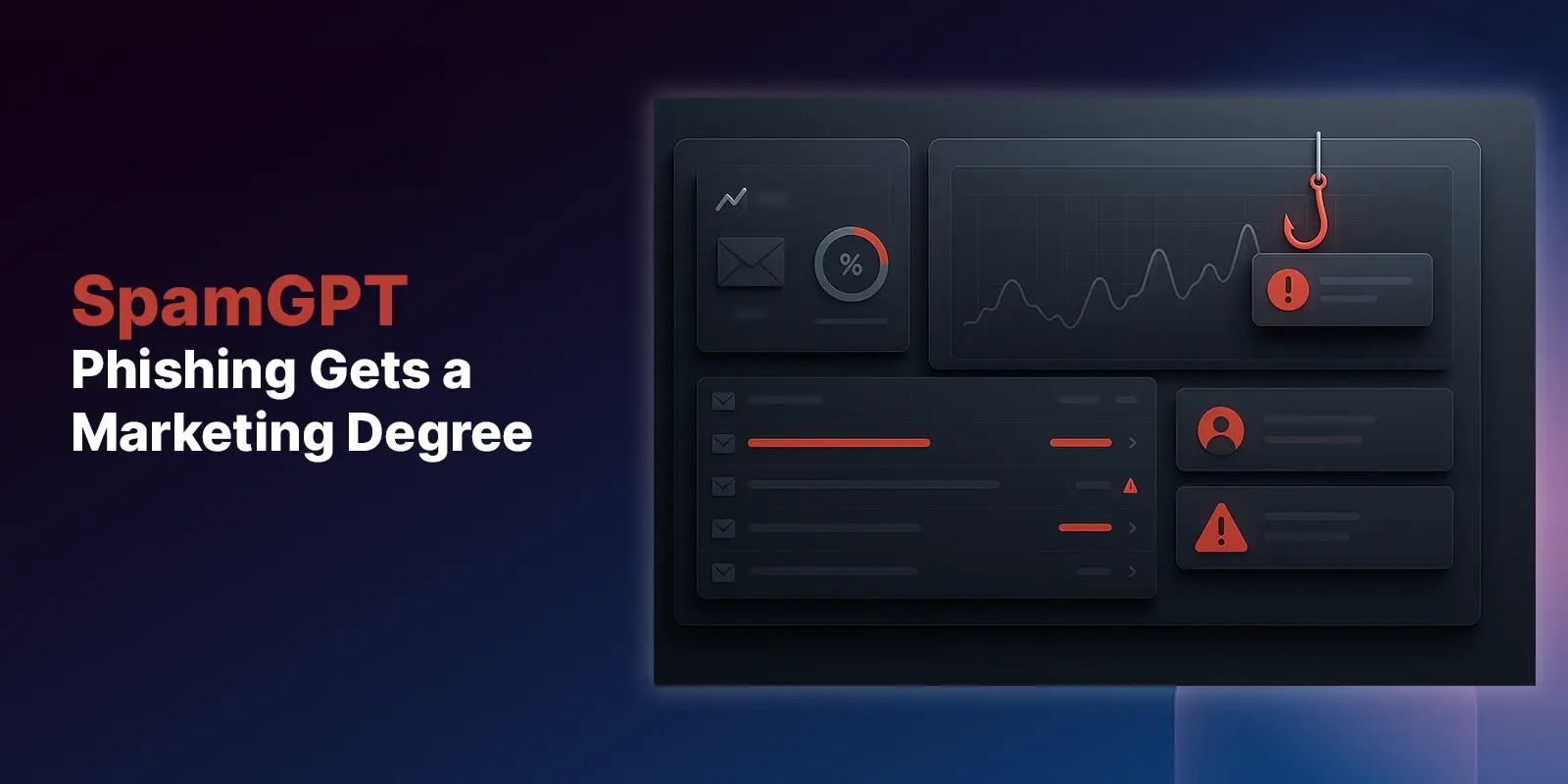Table of Contents
Phishing and BEC attacks are serious threats to any organization and have become increasingly common in recent years. These attacks can have severe consequences for organizations, including financial and data loss, brand reputational damage, and legal issues. Unfortunately, many organizations are only equipped to protect themselves against traditional phishing emails, not these modern attacks that evade technologies that rely on scanning links and attachments. While Microsoft Defender can provide some protection, relying solely on it as the only layer of defense is not enough.
Why Microsoft Defender Isn’t Enough For Modern Phishing Protection
In bank heist movies, the bank has a security guard at the entrance to visually scan for threats and keep them from entering. They may even have a metal detector to ensure that the people coming in aren’t carrying any weapons. However, in the movies, the criminal does their homework and cases the bank. They pay attention to the guard’s behavior, whom they let in, and what they keep out. They nail down their schedule to the minute to identify security gaps that will give the criminal the advantage and improve the odds of a successful heist.
One of the most significant issues with email security is the accessibility and predictability of Microsoft Defender. Attackers can easily purchase an Office 365 mailbox protected by Defender for a few dollars and run endless tests until they find an email that bypasses Microsoft's built-in protections (EOP) and Defender. Once they have identified an email that can get past the software's defenses, they can use it to target any other Office 365 mailboxes, assuming that if Defender is the only line of defense, the email will go through. This makes Microsoft Defender less effective against new, unknown threats and can make it more predictable for attackers to exploit its weaknesses.
To execute such an attack, the attacker can use an email account created specifically for the purpose of sending phishing or BEC emails. They can then use social engineering tactics to create an email that appears to be from a legitimate source, such as a bank or a senior executive within the target organization. The email may contain a request for the user to provide sensitive information or transfer funds. If the user falls for the attack and provides the requested information, the attacker can access to the organization's sensitive data and funds.
How Layering Defender with ICES Helps
A layered security approach is crucial to protect against advanced threats. According to the recently published Gartner Market Guide, relying solely on Microsoft and Google for email security is not enough to protect against the increasing sophistication of phishing and BEC attacks. While Microsoft and Google are improving their email security offerings and making it harder for other traditional security solutions to compete, they are not enough on their own. Gartner recommends a layered security approach that includes additional solutions like Integrated Cloud Security solutions (ICES), which are gaining momentum in the market and augmenting their detection and streamlined remediation capabilities. By using a layered security approach, organizations can better defend against the evolving threats of email phishing and BEC attacks.
AI-powered ICES solutions can live silently and obscurely behind O365 to catch anything missed by Defender. ICES solutions, like IRONSCALES, can check for malicious links and attachments, but more importantly, they also use natural language processing to understand the message’s intent to catch advanced attacks that don’t include links or attachments, like BEC.
Additionally, IRONSCALES provides built-in security awareness training and phishing simulation testing to educate employees on how to spot advanced phishing attacks like BEC, and implementing email security policies can reduce the risk of human error.
While Microsoft Defender is a valuable tool in protecting against cyber threats, it cannot be relied upon as the only line of defense against email phishing and BEC. A layered security approach that includes additional security measures like ICES, email security policies, and user training is necessary to protect against increasingly sophisticated social engineering attacks. Without ICES and user training, organizations leave a gaping hole. Organizations that implement a comprehensive email security strategy will be better equipped to defend against these evolving threats and keep their sensitive data safe.
To learn more about how IRONSCALES works with MICROSOFT email security solutions, download this solution brief.
Explore More Articles
Say goodbye to Phishing, BEC, and QR code attacks. Our Adaptive AI automatically learns and evolves to keep your employees safe from email attacks.

/Concentrix%20Case%20Study.webp?width=568&height=326&name=Concentrix%20Case%20Study.webp)













.webp?width=100&height=100&name=PXL_20220517_081122781%20(1).webp)

.png)
